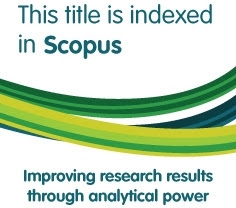Islamic Schooling in Aceh: Change, Reform, and Local Context
Abstract
The history of Islamic educational reform in Indonesia shows that the emergence of the kaum muda group at the beginning of the twentieth century is connected with the emergence of the modern model of Islamic education called “madrasah”. After independence, the central government established a number of madrasahs for religious education and sekolah for ‘non-religious’ education in a number of areas in Indonesia. Focusing on Islamic education and schools in Aceh, this article argues that although the development of Islamic education in the area initially followed the state-wide pattern of contestation between modernist and traditionalist groups, the context, timing, socio-political factors behind reform and change was varied. This article shows that there is a close intersection between educational change and reform with non-educational factors such as government policies, local socio-political changes, amongst others.
Keywords
Full Text:
PDFDOI: https://doi.org/10.15408/sdi.v20i3.513
Refbacks
- There are currently no refbacks.

All publication by Studia Islamika are licensed under a Creative Commons Attribution-NonCommercial 4.0 International License.
Studia Islamika, ISSN: 0215-0492, e-ISSN: 2355-6145
View My Stats
